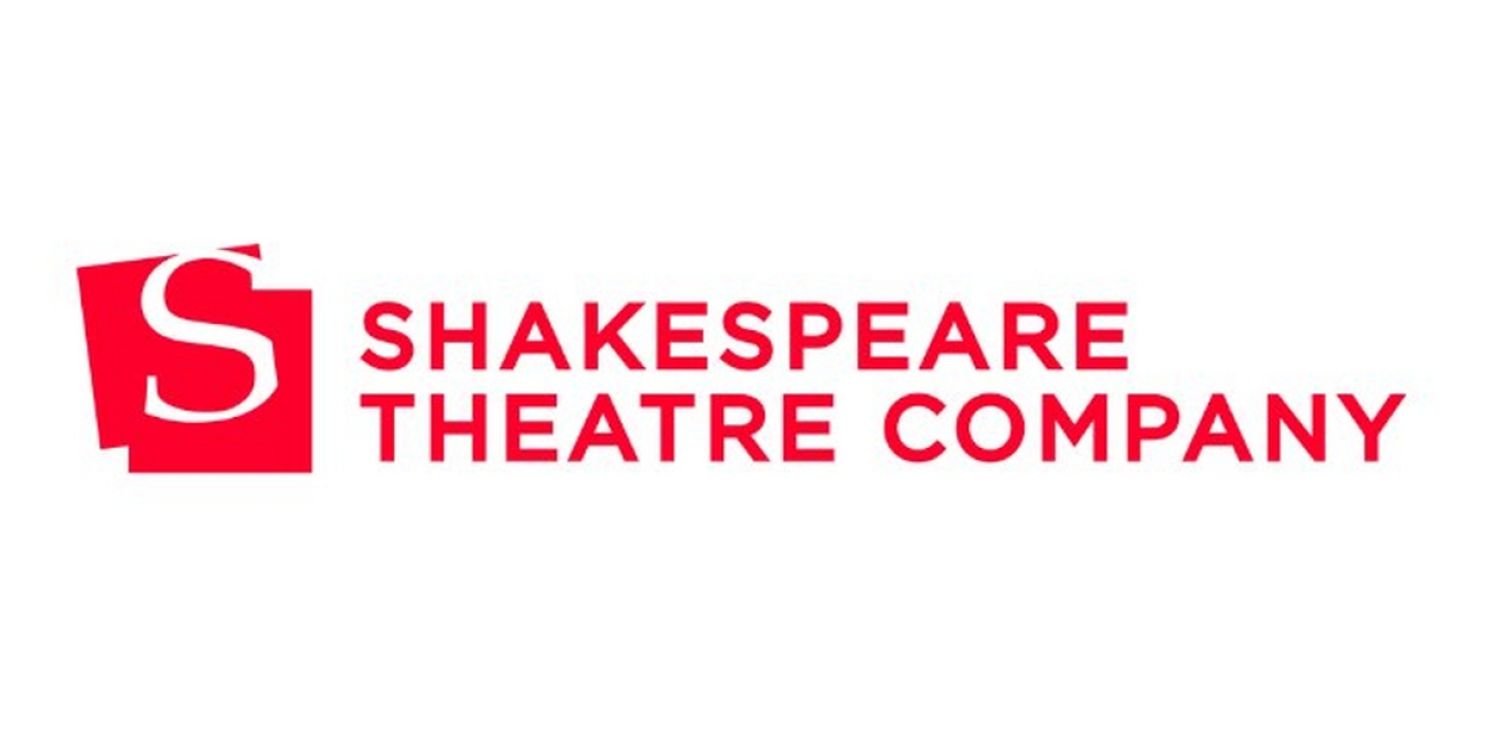BWW Q&A: Raja Feather Kelly of MACBETH IN STRIDE at Shakespeare Theatre Company
Exploring the Dance Styles and Choreography in Macbeth In Stride

BroadwayWorld sat down with Shakespeare Theatre Company's Macbeth in Stride Choreographer Raja Feather Kelly about the production.
Created by Obie Award-winning artist Whitney White, Macbeth In Stride uses one of the Bard’s most iconic characters to examine just what it means to be an ambitious Black woman. Swathed in a mesmerizing tapestry of pop, rock, gospel, and R&B, the fatalistic arc of Lady Macbeth uplifts contemporary thoughts on Black female power, femininity, rage, and desire. This “spellbinding and strikingly original” (Edge Boston) production bubbles with energy, humor, and swagger, bringing Lady M’s herstory into the 21st century.
Can you discuss how you used different dance styles to reflect the different moods and themes in the play?
In understanding all of Whitney's influences when creating this musical/play/rock opera/concert, she's thinking about a lineage of women like Tina Turner, Beyonce, and Cleopatra. And those influences make me think of court dance, witches and spirituality and ritual, jazz and soul train. I think a lot about how Tina Turner made her own movement and choreographed her own dances with her sisters which was kind of in the disco era. And then I'm a person who's just inspired by like, this is the way my body wants to move to this music. And that's sort of what I do. I think about the people who are in the room and their bodies and the music and how the music feels. It's like an anxiety of influence where you're like, "Oh, this reminds me of this thing! And this reminds me of that thing." And so I want to put all of those pieces together.
How did you collaborate with the director and other creative team members during the choreography process?
I don't know if it's unique, but I know it's a pillar of mine-- I don't choreograph anything before I enter the room. And so what I think is exciting is that people are really watching my process as I'm doing it. I do a lot of research and I get a lot of things in my head. And then when I get to the room, I'm like, "Let's try this. Okay. That doesn't feel as good. So let's try something else. How does that sit in your bodies?" I always want the choreography to feel natural to the performer. And so when I'm collaborating, I'm like, how does this feel? And if that feeling matches what the story is trying to convey and matches the music, then it feels It's like we've gotten to a good place.
What challenges did you face while choreographing for this production and how did you overcome them?
I don't know if there's like a challenge that I can think of! Which is not to suggest that it was easy or like a piece of cake-- I think I am a person who tries not to get bogged down with thinking that something is hard or challenging in that way. I think maybe a challenge is that there's so much reference in the musical, right? Like I'm saying Tina Turner, I'm saying Beyonce, but I still want it to feel authentic. I want it to feel like it has originality, which is somewhat like an impossible task because bodies just do what bodies do. But I think a specific task of mine is finding naturalism to what could otherwise be referential or derivative.
How do you feel your choreography contributes to the overall message of the play?
Something that Whitney has often described is wanting to make everyone feel seen and that there's a sense of empowerment and ambition and visibility for everyone in the work. Someone told me that the word 'rhapsody' originally meant "to stitch together." As a storyteller, you're stitching together parts of music and I feel like that's what the choreography does. It is the rhapsody of the production. I think my job has been to keep that thread of the body and that these ideas or these desires of ambition and empowerment and visibility start somewhere inside the body and then express themselves outward. And that's my job.
What was your approach to choreographing for a character as complex as Lady Macbeth?
I think it has to do with caretaking. I think it has to do with how I observe and find compassion and empathy with Whitney as a character and just continue to draw out those specificities and help create compassion and a uniquely dynamic and complex character. It's actually, I think, situating the complexity. This person is multifaceted. And so how do you, as the choreographer, lean into that, draw into that, and highlight those complexities? Like, I don't want to minimize or dilute the character into one idea, I need to celebrate its complexity. I think that I was particularly excited about interpreting Shakespeare. I think to have these styles of music and dance on top of Shakespeare's text is something that is unique and that celebrates this person with such a large history.
What do you hope audiences will take away from your choreography in Macbeth In Stride?
I hope they see a sense of embodiment. I hope they see a unique understanding of what it means to have ambition physically. And I hope they see, in this particular production at Shakespeare Theatre Company, black bodies and black women being celebrated and being grounded.
Videos

